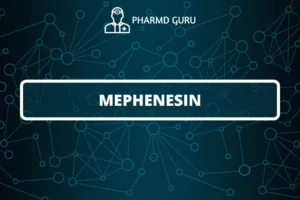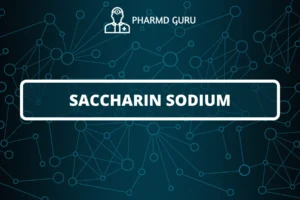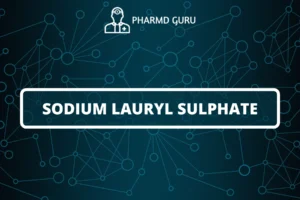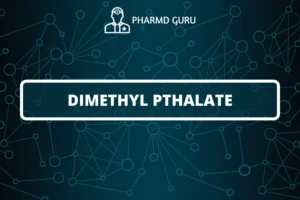The Kolbe reaction, also known as the Kolbe-Schmitt reaction, is a carboxylation reaction that involves the electrolysis of a phenol or phenoxide salt in the presence of carbon dioxide (CO2). It was discovered by Hermann Kolbe in the 19th century and is named after him.
SCROLL DOWN TO THE BOTTOM OF THIS PAGE FOR ACTUAL NOTES.
The general equation for the Kolbe reaction is as follows:
2 ArOH + 2 Na+ → ArO^- + Na2O + H2O ArO^- + CO2 → ArCOO^-
In this reaction, ArOH represents a phenol, and Na+ represents a sodium cation. The reaction occurs in two steps. Initially, the phenol is converted to a phenoxide ion (ArO^-) in an alkaline medium by deprotonation with sodium hydroxide (NaOH). Then, the phenoxide ion reacts with carbon dioxide to form a carboxylate ion (ArCOO^-).
The overall reaction of the Kolbe reaction can be represented as:
2 ArOH + CO2 → ArCOO^- + ArCOO^-
The reaction is typically carried out using an electrolytic cell, where the phenol or phenoxide is subjected to an electric current. The electrolysis generates the necessary reactive species to facilitate the carboxylation.
The Kolbe reaction is an important method for the synthesis of salicylic acid, which is a precursor for aspirin (acetylsalicylic acid). Salicylic acid is formed through the Kolbe reaction followed by acidification and protonation of the carboxylate ion.
The Kolbe reaction is also used in the synthesis of other aromatic carboxylic acids and their derivatives. It provides a means to introduce carboxyl groups into aromatic compounds and is an alternative to traditional methods of carboxylation.
It’s important to note that the Kolbe reaction can have side reactions, such as disproportionation and further oxidation of the carboxylate ion, which can affect the yield and selectivity of the desired product. Therefore, reaction conditions, including temperature, electrolysis parameters, and choice of solvents, need to be carefully controlled to optimize the reaction and minimize unwanted side reactions.
ACTUAL NOTES:
PATH: PHARMD/PHARMD NOTES/ PHARMD FIRST YEAR NOTES/ ORGANIC CHEMISTRY/ PHARMACEUTICAL ORGANIC CHEMISTRY/KOLBE REACTION.




